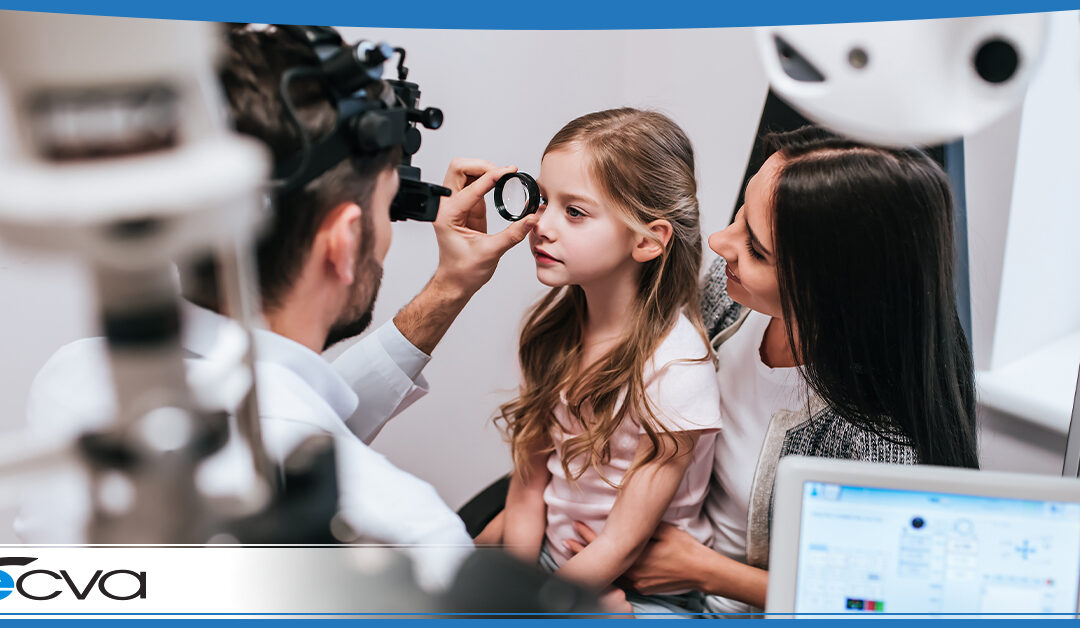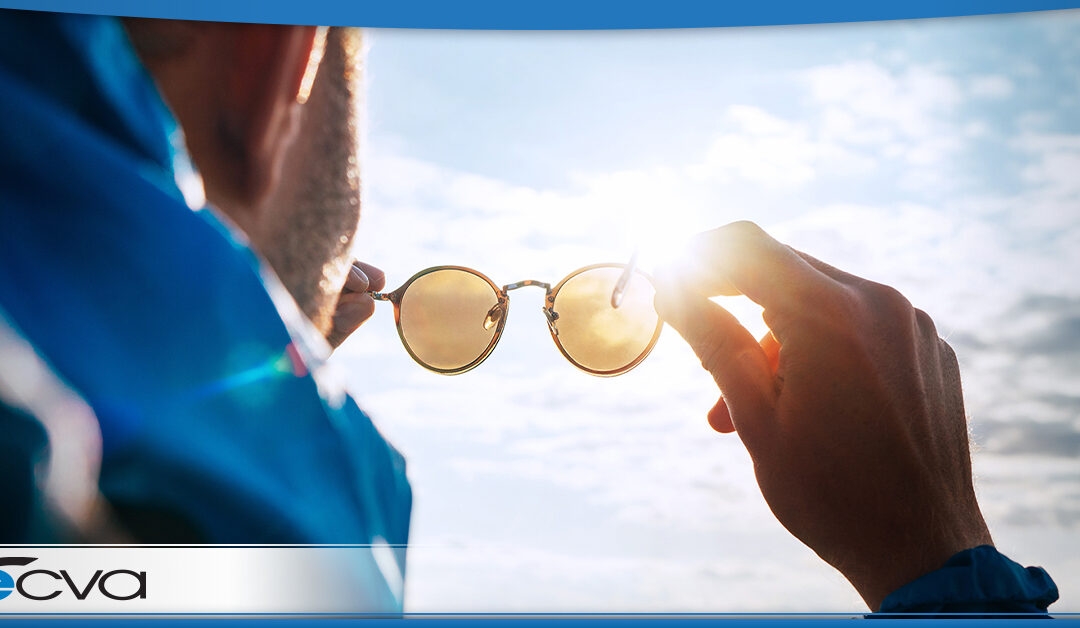
by ecvaeyeadminz | Jun 19, 2021 | Pediatric Ophthalmology
Many parents aren’t familiar with all of the conditions that can impact their child’s eyes or vision. Pediatric ptosis, while common, isn’t necessarily widely known. If you are wondering what pediatric ptosis is, what the signs of pediatric ptosis are, and...

by ecvaeyeadminz | Jun 19, 2021 | Pediatric Ophthalmology
Many parents aren’t familiar with all of the conditions that can impact their child’s eyes or vision. Pediatric ptosis, while common, isn’t necessarily widely known. If you are wondering what pediatric ptosis is, what the signs of pediatric ptosis are, and...

by ecvaeyeadminz | Jun 4, 2021 | Eye Health
While taking care of your eyes is a year-round job, certain situations that could cause them harm are more common in the summer. If you want to keep your eyes safe during the warmer part of the year, here are some summer eye care tips that can help. ...

by ecvaeyeadminz | Jun 4, 2021 | Eye Health
While taking care of your eyes is a year-round job, certain situations that could cause them harm are more common in the summer. If you want to keep your eyes safe during the warmer part of the year, here are some summer eye care tips that can help. ...





